It seems like an obvious thing to state, but injuries in combat sports pose a considerable risk to our physical and mental wellbeing. As we live in a world obsessed with data, I had a look around the literature and not surprisingly this reality is reflected. An article in Australasian Epidemiologist (2015) collected data from 47 studies on the injury incidence rates in combat spots and confirmed what we know in our heart to be true. Fighting is dangerous.
This article found that for every 1,000 athlete exposures (think ‘hours of training’) in judo, you injured yourself in 41-115.1 of those hours (wild right? This was the lowest range). The numbers went up from there when we add in striking. Kickboxing had incidences of 109.7–155.4, boxing - 77.7–250.6, and MMA came out on top with 85.1-280.7 ‘hours of injury’ per 1000 exposures.

For context, CrossFit, a sport often labelled as dangerous by individuals who have never, and will never enter a gym, boasts an average injury incidence of 3.24 per 1000 hours of exposure. This increases dramatically for competitive CrossFit athletes, and I would imagine competitive combat athletes reflect the higher statistical ranges in these data sets.
If we are to keep it simple and look at the averages, combat sports are inherently dangerous at all levels of involvement. Face it, you are probably going to get a little banged up from time to time, but that’s okay. That risk, at least to me as a grappling athlete, is part of the appeal.
Overcoming the danger of sparring (or any hard, intense form of training) seems to be one of the most potent anti-anxiety techniques I’ve found, along with breath-work. In my experience, no workout can give your physiology the same input as live sparring, and I’ve really pushed to try and replicate it. This becomes obvious when you’re injured and lose the physical and mental releases combat sports give us.
Things can slide off the rails quickly after an injury and result in people not returning to training. That’s where I come in. My goal as a practitioner is to help my clients do what they want, for as long as they want. So, what can we do to give us the best chance of staying in the gym long term?
NAIL. THE. BASICS!

If you work on the art/technique of your chosen martial discipline and take care of how you BREATHE, SLEEP, MOVE and EAT, you will give your body the best chance to overcome MOST problems. I say most as humans, and our injuries, can be complex. But over the years I’ve seen improvement in clients with issues they thought would never change.
Now, if I am to narrow down an injury prevention/pain management focus, we simply need to be STRONG.
Strong in a way that matters though. I don’t give a sh*t how much you bench or deadlift. How strong is your neck? Do you have full (or at least decent) range of motion? How strong is your diaphragm? How strong are your feet? How strong are you through your FULL range of motion? The order of these is specific, but more on that in a moment.
You see our joints, bones, ligaments, tendons, and muscles are simple. They only go where they feel confident and in control. To achieve this, we need to first establish a strong base. Mechanically we need to feel grounded and secure before we can produce force to the full extent that we are capable of (using your strength to its full potential).
In many combat sports the focus is on your opponent’s head, and by association, neck. Your goal being to try and hit, control, or compress (strangle) this area. They are trying to do the same to you however…
To Protect ya neck is to have a strong neck, as I've stated already. The base of our neck is our shoulders, so this is where we need to look to strengthen and build confidence first. There are specific neck exercises and equipment (The Iron Neck® for example) which are amazing, but a strong neck on weak, jacked up shoulders is not what we want. This whole complex needs to work cohesively together, and we need our base, our shoulders, to glide with our neck. As this area is constantly under attack it has a tendency to stiffen up, with tension regularly being mistaken for strength. It’s not.
Step one to PROTECT YA NECK is to RELEASE your shoulders.
Tight tissues are not confident, and they get angry, with pain being the body's angry tone. I can almost guarantee everyone reading this has had a sore neck or shoulder(s). Same. And just like the North in Game of Thrones, our bodies never forget. These little pains add up over time and we can’t ignore them. This is not a debt you want to let build. A skilled practitioner put it this way to me once: Your body speaks to you with feathers at first (subtle sensations), then if you ignore the feathers, it becomes bricks (you now know what’s up), then if you ignore that, it’s a truck (something snaps, crackles, or pops. You fu*ked up).
Skilled practitioners can interoperate these feather-like sensations and guide you out of it (if you do the work they prescribe) – this is ‘goals,’ addressing the root cause early. Most practitioners can deal with bricks – not a bad back up, but again requires you actively participating in the rehabilitation process. You don’t want to wait for the truck, trust me. Here you have the least truly skilled practitioners. You have many expert doctors and surgeons, medications, and low-level rehab so you can walk or wipe your own arse again. However, if you want to perform anything above ‘activities of daily living’ the journey has only just begun. This can be an overwhelming task.
If you get hit by the truck you may have long journey out, and you must voluntarily walk this path. To walk it well you will need to find a physical (and possibly mental) therapist who can guide the way back to your destination (combat sports). This puts challenging demands on our body, but that doesn’t mean it needs to be complicated.
To keep your neck safe from trucks, and gliding/working in conjunction with your shoulders all you need is a trigger point ball (lacrosse ball/tennis ball wrapped in electrical tape), your breath, and the right approach.
[AB Physiology has put together a free PDF for those in need of releasing their shoulders and neck. It also has a focused breathing element to it. Email hello@abphysiology.com.au with the subject line: UPPER LIMB RELEASE and we will get this out to you.]
Once your shoulders and neck feel more spacious get into the gym and make that sh*t strong. If strength training is new to you, please find a talented local trainer or exercise physiologist to help you at least get started with this. That would be a wise investment.

These are only the first steps towards establishing how one very important part of your body moves. Human health and performance, from basic to elite, requires the right balancing act of your ability to not only MOVE (the entirety of your body), but also BREATHE (slower than you think, largely though your nose), SLEEP (7-8hr minimum), and EAT (80% nourishing, 20% fun).
When these four elements are aligned with your goals/desires you are giving yourself the best chance to achieve and maintain them. Most importantly you’ll be giving yourself the best chance to overcome the inevitable hurdles (injuries) on your combat sports journey.
Have any questions? Head to www.ab-physiology.com or check out @ab_physiology on Instagram for more.

Alex is one of the Coaches of the Combat Strong 8 Week Health & Fitness Program, launching for FREE on 8 February. If you’re in need of some guidance in nutrition, training and more, join the program now at https://cmbt.com.au/pages/combatstrong






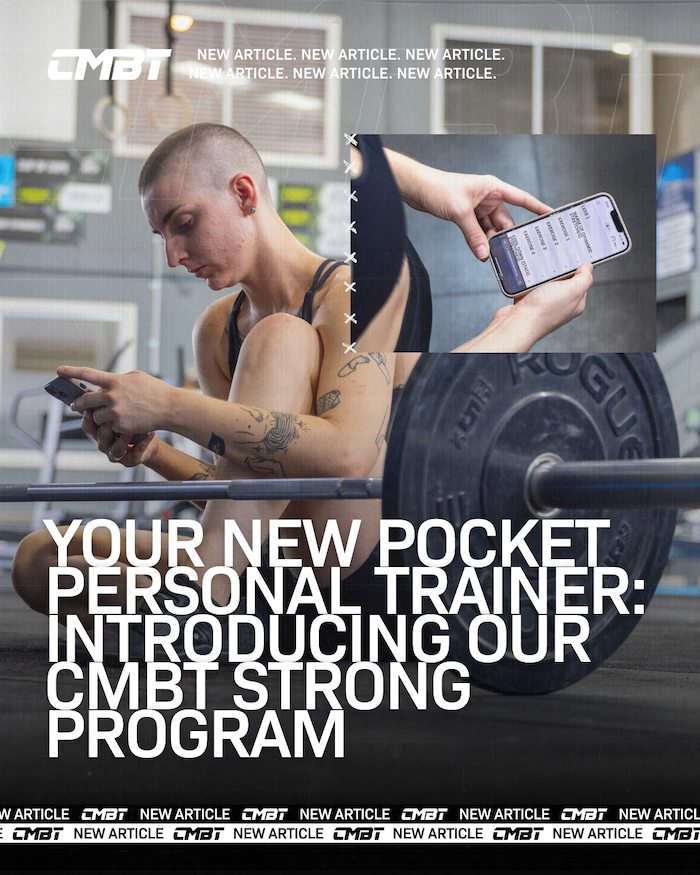


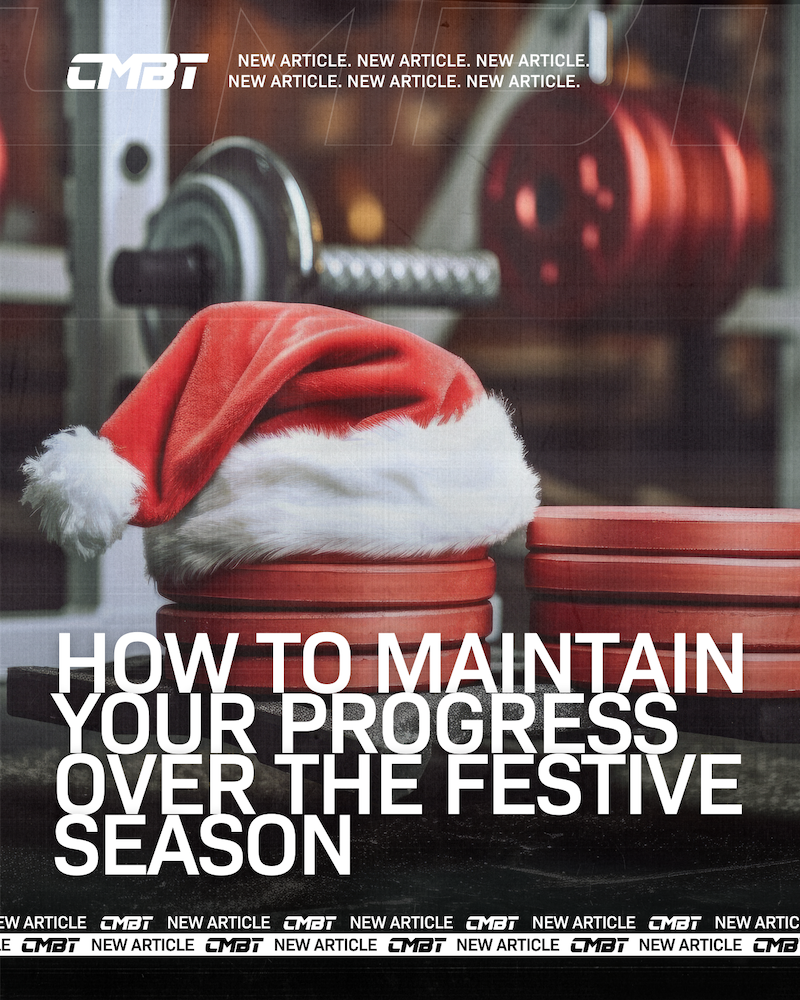




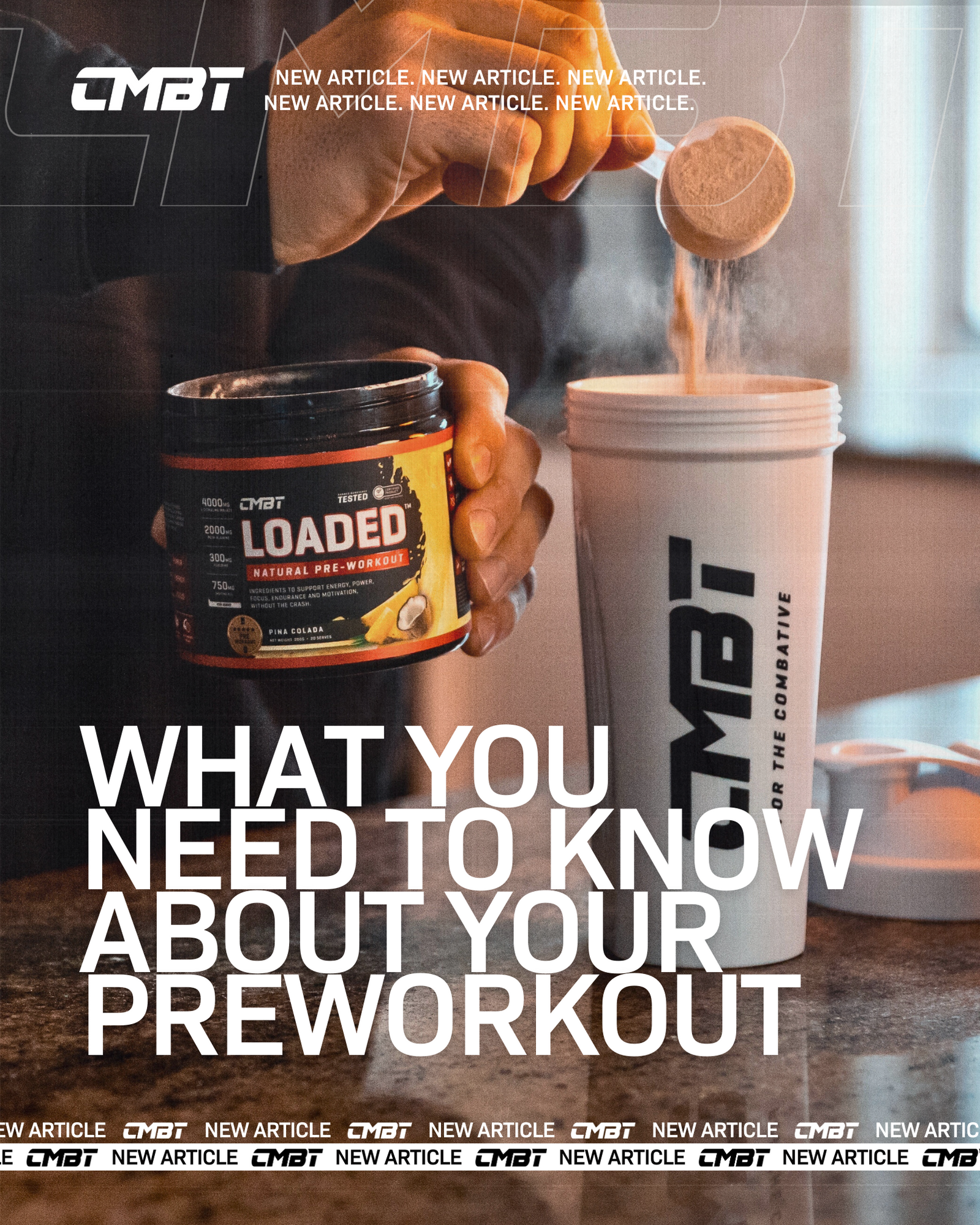

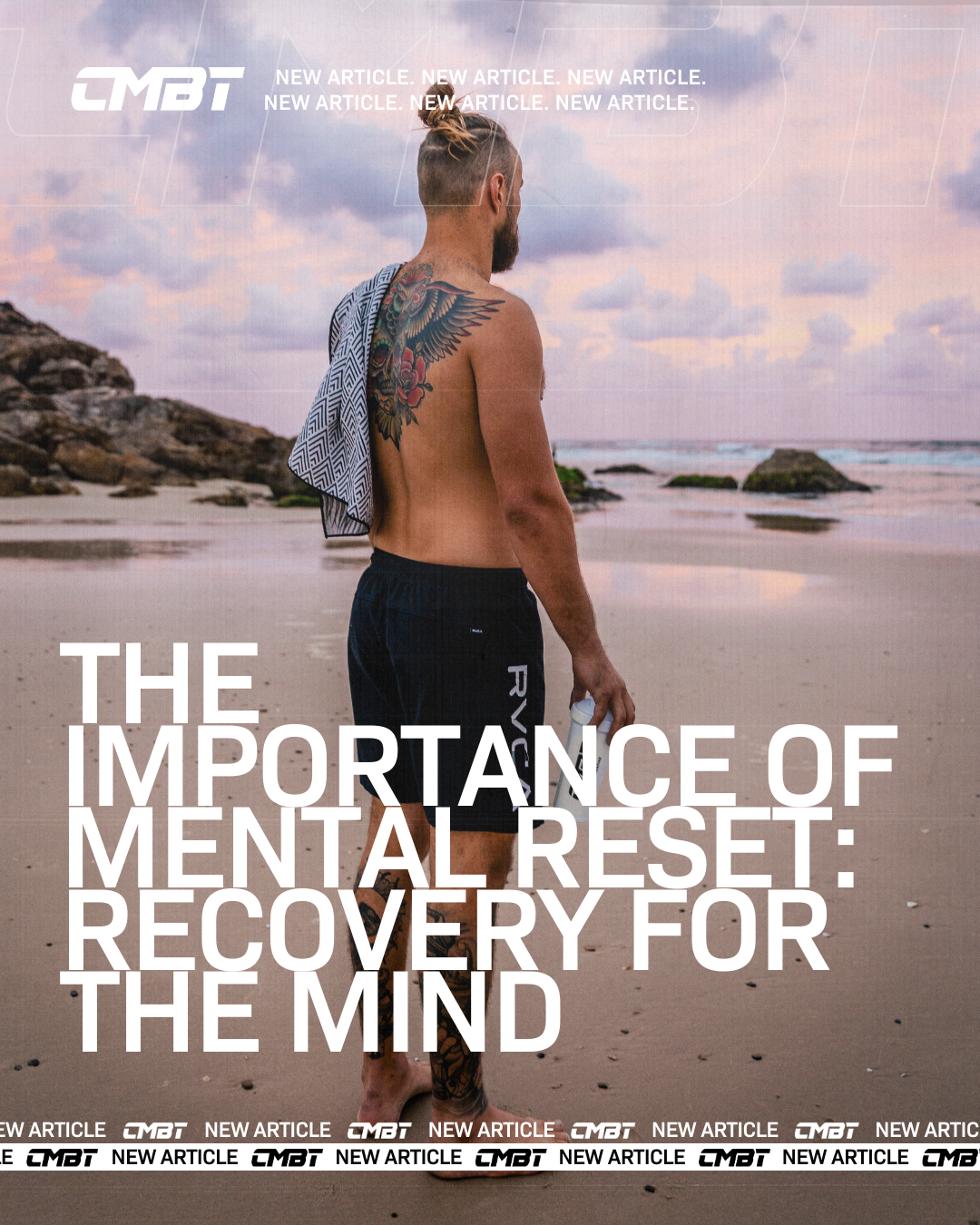
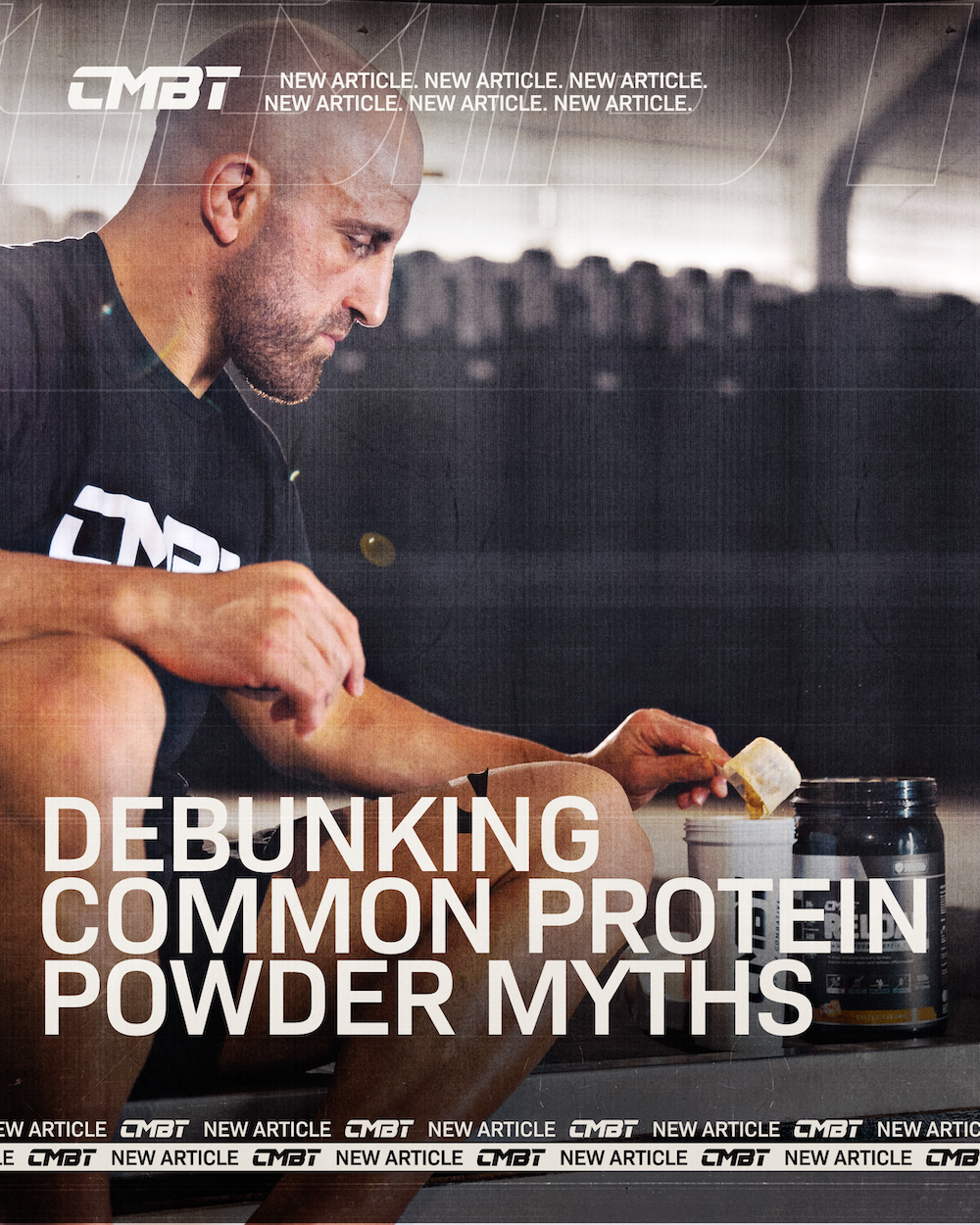




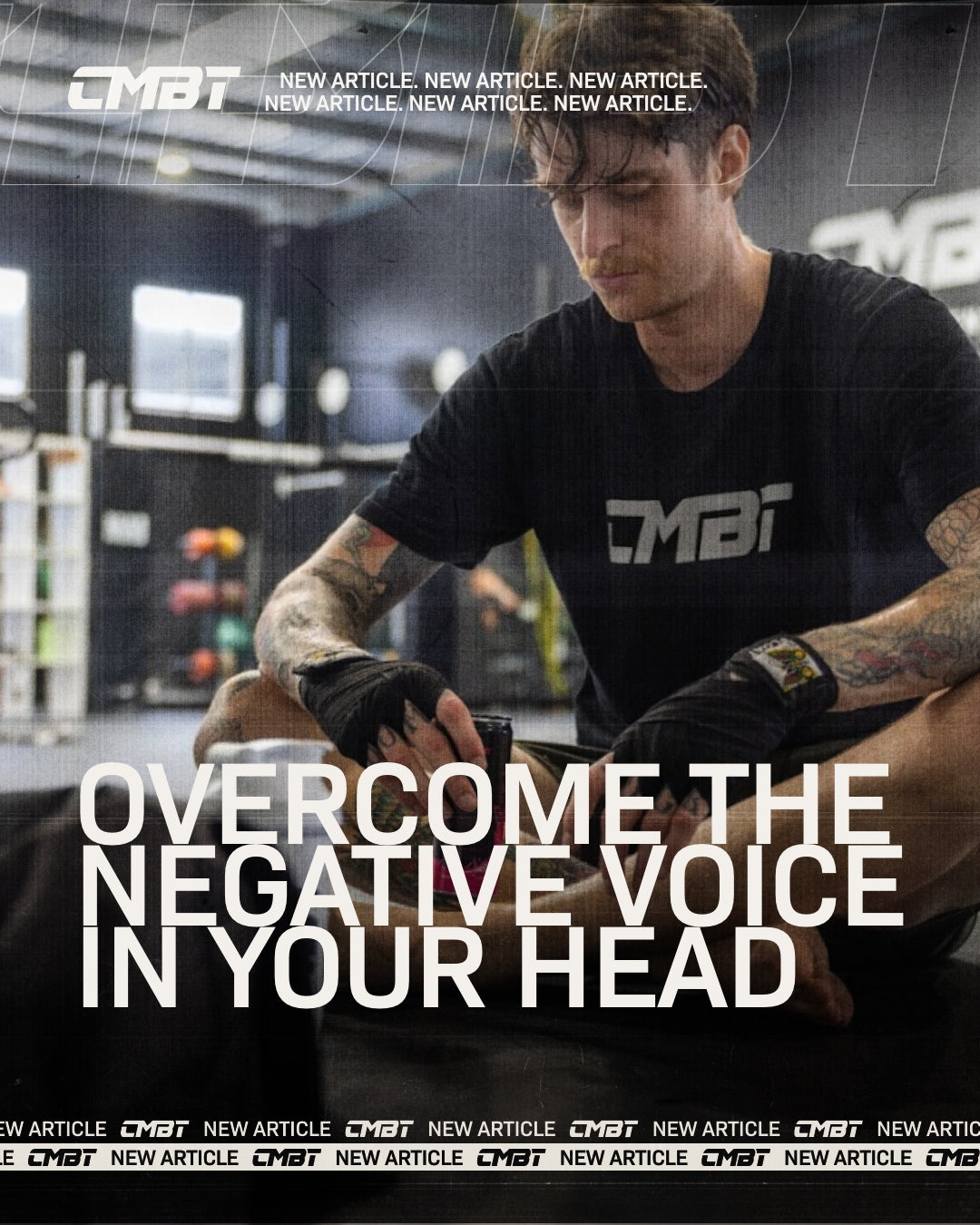
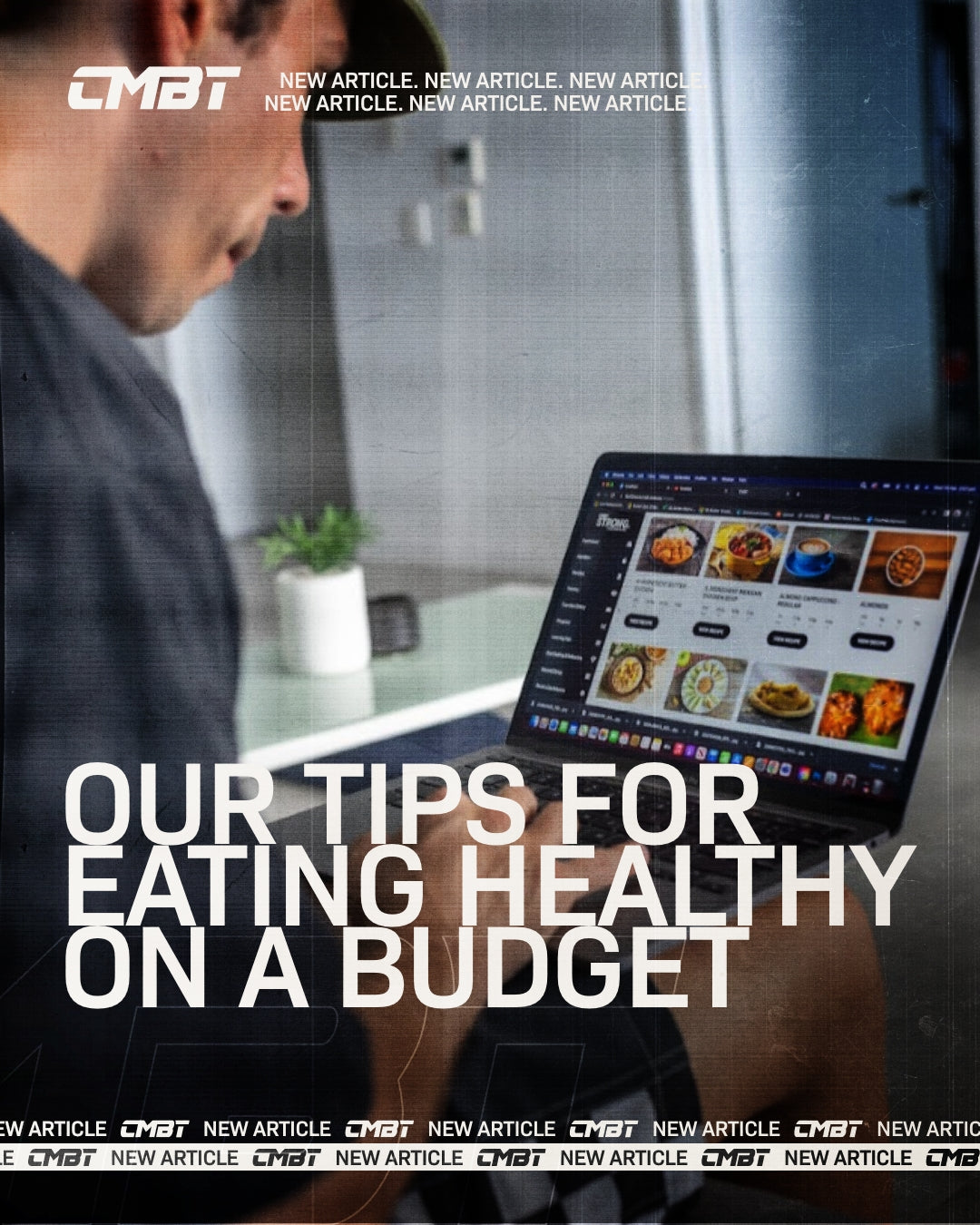








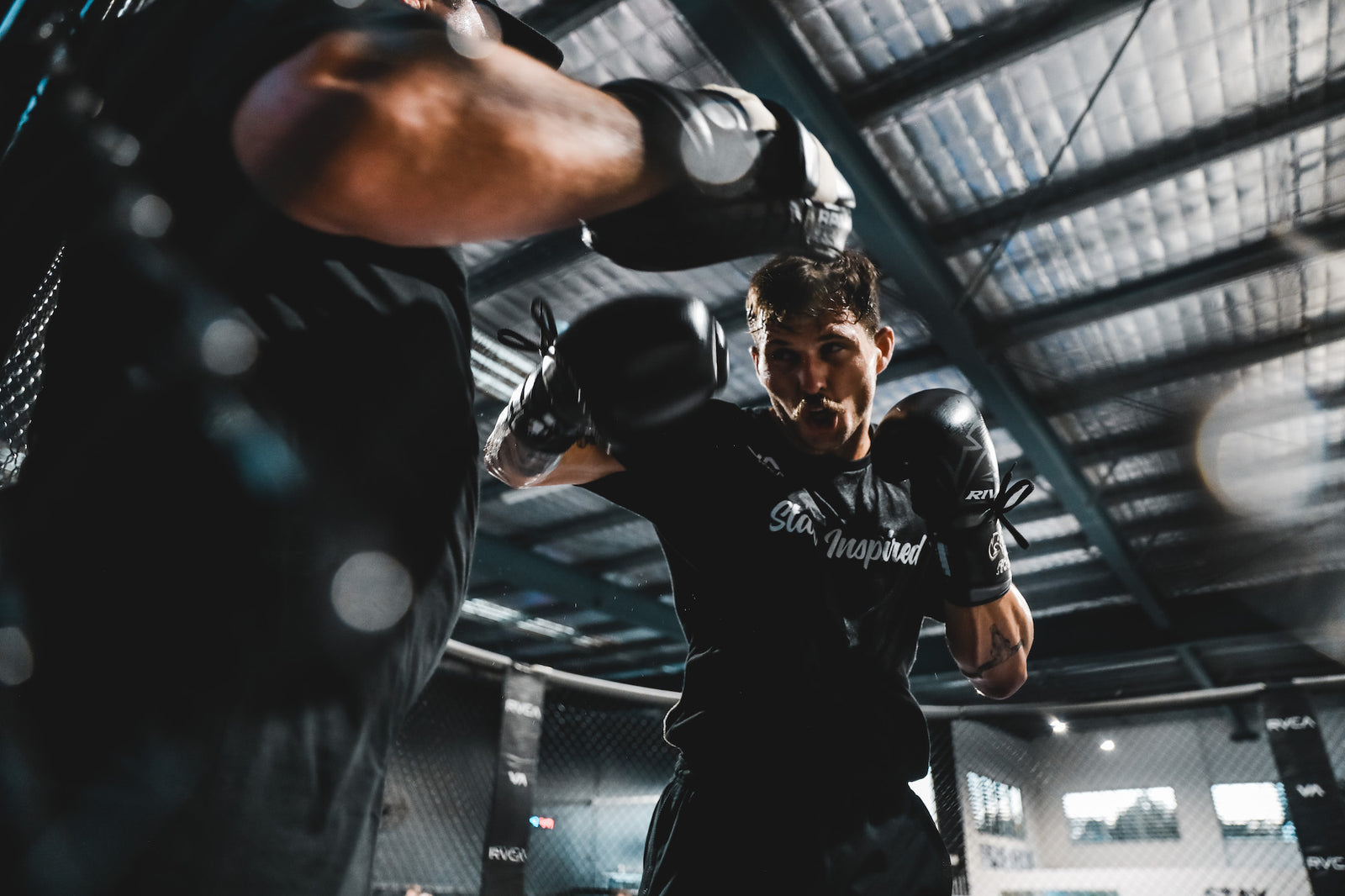









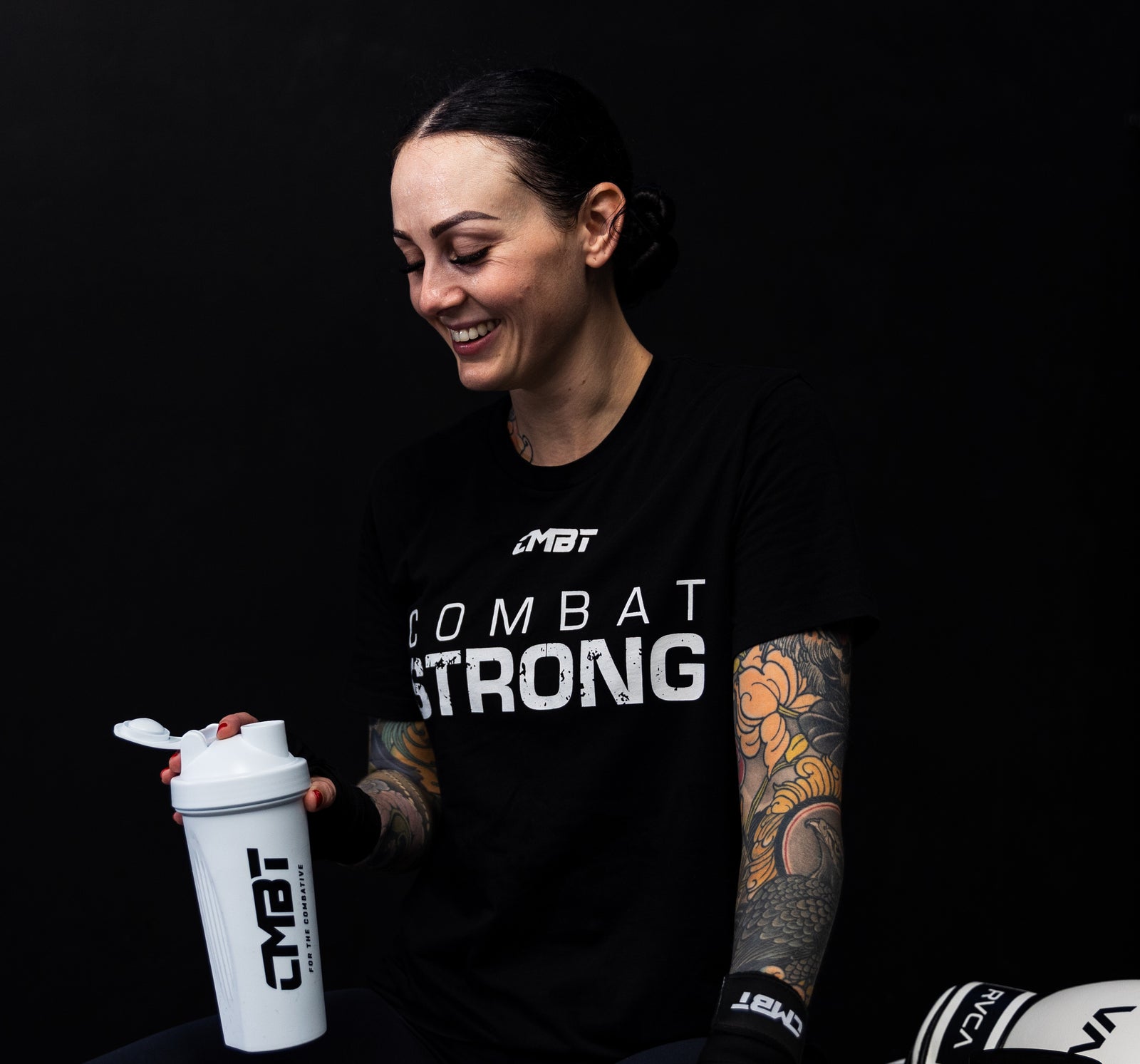
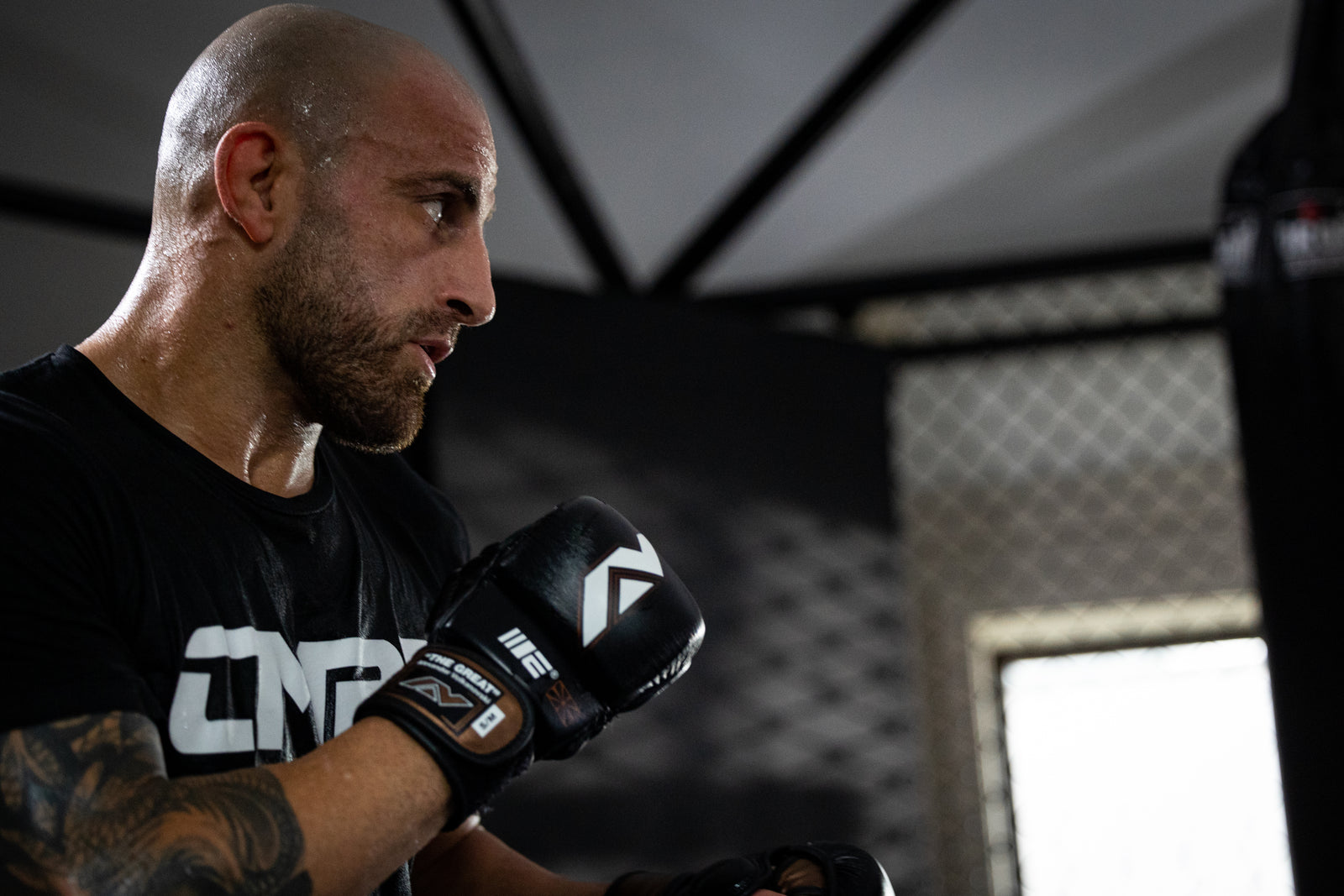


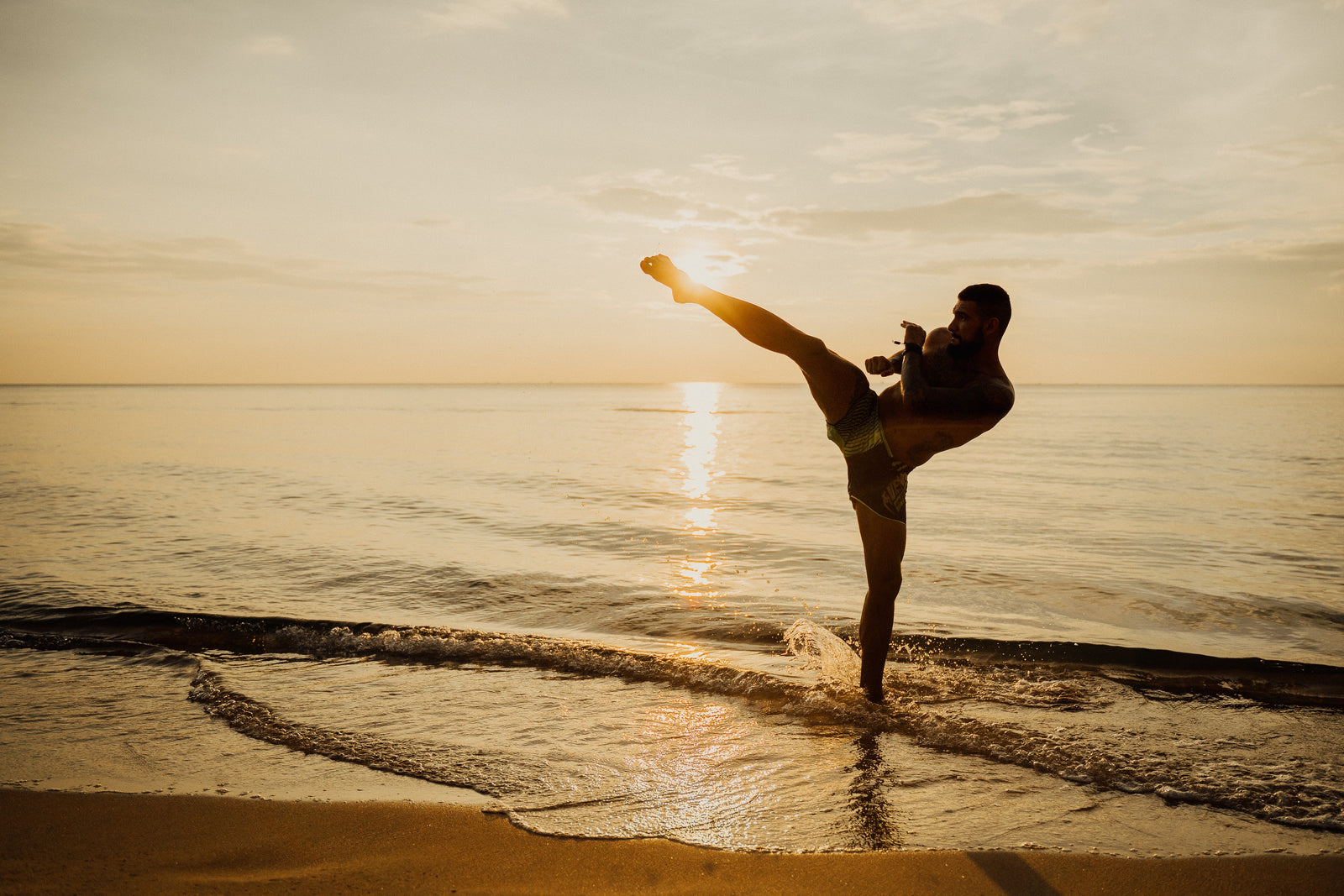


![[VIDEO] Fuel Your Passion feat. Sami Locke](http://cmbt.com.au/cdn/shop/articles/Sami.jpg?v=1625826844&width=1600)